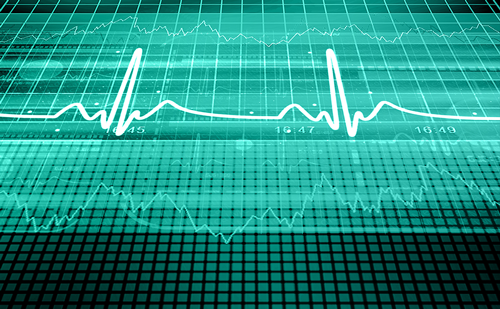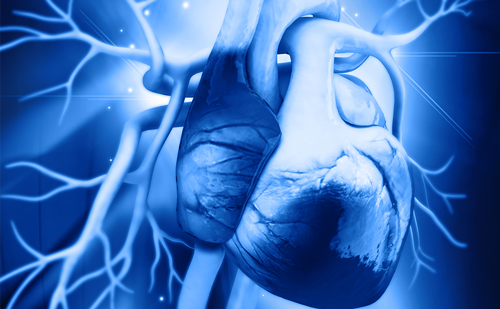Background: Structural remodelling is a proposed pathophysiological mechanism in AF, but its impact on electrophysiological parameters remains limited. Personalized computational models include the effects of personalised anatomy and AF remodelling in a framework that can be used to investigate patient-specific AF mechanisms and test treatment response. These models require calibration to electrophysiology data. However, it is unknown how calibration data rhythm, pacing location, and choice of calibration technique influences prediction. We aimed to first evaluate the impact substrate has on conduction velocity (CV) dynamics and wavefront propagation, and second, to use personalized computational models to investigate the effects of CV dynamics on AF wavefront dynamics.
Methods: Local activation times (LATs), voltage and geometry data were obtained from patients undergoing ablation for persistent AF. LATs were collected in sinus rhythm (SR) with coronary sinus pacing at pacing interval (PIs) of 250 ms, 400 ms, and 600 ms. LATs were used to calculate CV dynamics and determine their relationship to voltage. Relationship between enhanced CV heterogeneity sites i.e., rate dependent CV(RDCV) slowing sites (≥20% reduction in CV between PI 600–250 ms of the mean CV reduction seen between these PIs for that voltage zone) and pivot points (≥90° change in wavefront propagation) was evaluated. In a subset of cases, personalised anatomical models were constructed and analysed using an automated pipeline using Python. Pulmonary vein isolation (PVI) was simulated in each model after 5 s of AF and wavefront propagation patterns were analyzed to quantify. the number of rotational areas or areas of wavefront break-up in 7 anatomical segments.
Results: Voltage impacts CV dynamics whereby at non-low voltage zone (nLVZ) [≥0.5 mV] the curves are steeper, broader at LVZ [0.2–0.49 mV] (0.16 ± 0.09 m/s ∆CV PI1, 0.23 ± 1.1 m/s ∆CV PI2) and flat at very-LVZ (vLVZ) [<0.2 mV] (0.04 ± 0.01 m/s ∆CV PI1, 0.05 ± 0.02 m/s ∆CV PI2) (Figure 1A). Voltage in AF correlates better with voltage in SR at 250 ms than 600 ms, thereby representing functional remodelling and fixed scar. RDCV slowing sites are predominantly mapped to LVZ [0.2–0.49 mV] (129/168, 76.8%) and frequently co-locate to pivot points (151/168, 89.9%). This is shown in Figure 1B, where blue highlights RDCV slowing sites. Simulated AF wavefront patterns post-PVI varied based on PI used for calibration (Figure 1C). Number of occurrences of rotational activity was higher for the models calibrated to 250 ms than for 600 ms (5.14 and 3.86 respectively). The posterior wall showed the highest number of occurrences per patient with an average of 1.29 at 250 ms and 0.71 at 600 ms.
Conclusion: CV dynamics is impacted by scar and functional remodelling, resulting in CV heterogeneity sites correlating to pivot points. Simulated AF properties depend on the choice of pacing rate used for model calibration. Our future work will calibrate personalised restitution properties and compare AF model patterns and predicted therapy outcomes to clinical recordings. This study provides further insight into the pathophysiology in AF. ❑
Figure 1: Electrogram taken from implantable cardioverter defibrillator interrogation. A: Initial rhythm of V sensing; B: The start of the electromagnetic interference therefore the start of the “VF” detection; C: Trigger point when the device starts to charge and the cessation of the electromagnetic interference








